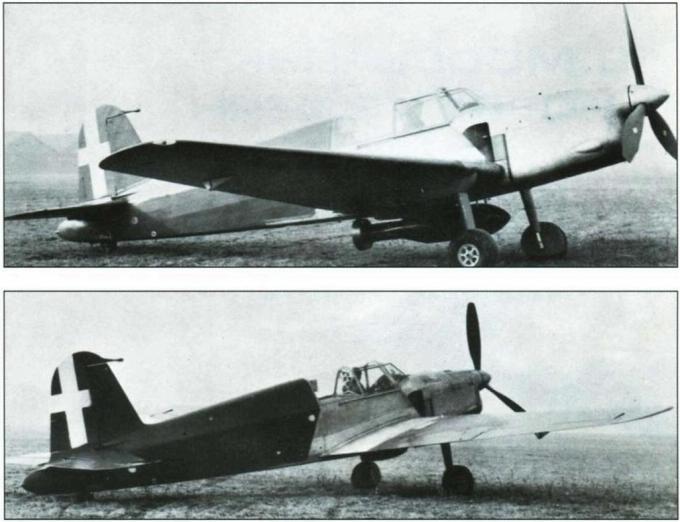Wild_Bill_Kelso
Senior Master Sergeant
- 3,231
- Mar 18, 2022
Even though it's kinda big the Caproni Ca.335 looks like a pretty good candidate too. Apparently there was also a more powerful dive bomber version

 en.wikipedia.org
en.wikipedia.org
